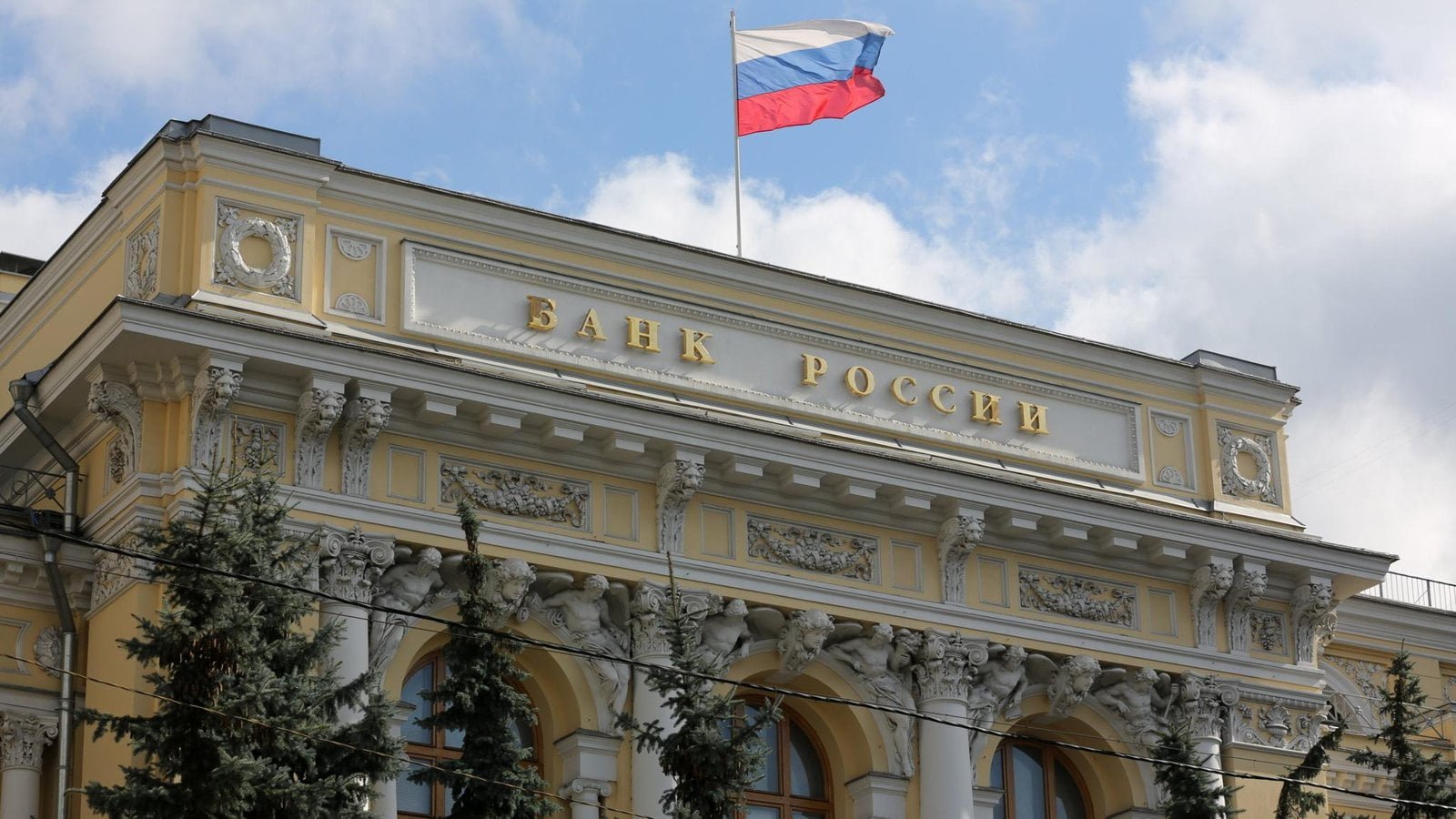Russian Central Bank Attributes Recent Ruble Depreciation to Lower Forex Sales by Exporters – According to the Russian central bank, the ruble’s recent decline to its lowest level against the U.S. dollar in 2023 is a result of lower forex sales by the country’s exporters.
Following media reports attributing the ruble’s decline (to more than 80 units per dollar) to declining oil revenues and the influence of Western sanctions on the Russian economy, the central bank issued the following statement. Although it was one of the world’s best-performing currencies in 2022, the Russian ruble has depreciated against the U.S. dollar by more than 10% in 2023 and by about 5% in the first week of April.
However, in a report released on April 10, the Russian central bank stated that the ruble’s recent decline may be temporary. “There has been a temporary reduction in sales of foreign currency earnings by exporters, which led to an acceleration of the weakening of the ruble in early April,” the central bank reportedly said.
People Also Read: US Treasury to Attempt Coercing European Countries Into Implementing Sanctions Against Russia
However, the central bank claimed that individuals and businesses have since responded to the currency’s decline by increasing foreign currency sales. Meanwhile, the central bank disclosed that interest in the Chinese currency, the yuan, surged in March after Russians purchased 515 million yuan.
Prior to that, Russians had acquired Chinese currency worth slightly more than $143 million in the preceding month. Moreover, transactions involving yuan on the Russian foreign exchange market accounted for 39% of total volume. However, ruble-dollar transactions accounted for only 34% of the volume.
Since the imposition of Western sanctions and the exclusion of several Russian institutions from the Society for Worldwide Interbank Financial Telecommunication (SWIFT) financial communications networks, the Russian government has advocated for an alternative to the financial system dominated by the United States. Russia has also attempted to reduce its reliance on the U.S. dollar by establishing bilateral currency agreements with China and India, among others.
READ MORE
China Smaller Banks Cut Deposit Rates to Ease Margin Pressure
Bank of England Targets 30-Strong Team for Digital Currency
Swiss Government-Owned Bank PostFinance to Offer Customers Crypto




